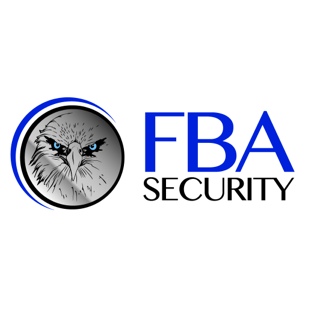Title Page
-
Conducted on
-
Prepared by
-
Location
Safety Resources and Documentation
-
Safety procedures (decontamination, equipment instructions, etc.) printed and stored in an accessible area of the office
-
Training certificates and records retained (electronically or paper)
-
Building-specific Emergency Action Plan present and accessible
-
Safety Data Sheets (SDS) for each chemical present
-
Required OSHA postings are in place: "Job Safety and Health: It's the Law"
-
All employees report exposure incidents, exposures are documented, and office evaluates employee safety after each incident
Safety Trainings
-
Documented clinical safety training completed (includes decontamination procedures, infection control, sharps handling, etc.)
-
Documented equipment safety training completed (includes autoclaves, centrifuges, radiation producing equipment)
-
Biological Shipping training has been completed in the last 2 years (if applicable ) / Respiratory Protection training and fit testing completed (if applicable ) Annual Bloodborne Pathogens training has been completed
Bloodborne Pathogens
-
All personnel have been offered Hepatitis B vaccination
-
NSU Exposure Protocol Packets posted and personnel knowledgeable of their location
-
Engineering and work practice controls are used to reduce the risk of exposure (e.g. safer sharps devices)
Chemical Safety
-
Volume of flammable solvents on countertop less than 10 gallons/ Flammable storage cabinets have less than 30 gallons
-
Chemicals segregated by classification and stored compatibly Compressed gas cylinders labeled and stored properly
-
No mercury-containing thermometers or equipment
-
Chemical (primary and secondary) containers properly labeled DEA controlled substances stored properly
-
DEA log book present, up-to-date, and available
Facilities
-
Exam Rooms have a stocked sink for hand washing and/or a station for hand sanitizer
-
Rooms containing biological materials or patients are designed so that they can be easily cleaned and disinfected (i.e. no carpet, sealed floors, etc.)
-
Furniture is impervious to water and disinfectant use
-
Housekeeping is appropriate and rooms are maintained in a clean/sanitary condition
-
Aisles unobstructed to allow easy access/exit
-
Any trip hazards addressed
-
Room windows do not open to the outside
-
Areas with hazardous materials (such as drug sample storage, cabinets with chemicals or sharps containers) are secured in order to not allow unauthorized access
-
Chemical decontamination procedures are conducted in a well-ventilated area on non- porous surfaces
-
Space void of electrical hazards
-
ABC fire extinguisher present, accessible, adequately charged and monitored monthly
-
Exit signs installed and adequately illuminated
-
No pest control problems (insects, rodents, etc.) are observed
-
Eyewash station is readily available and location clearly identified
-
Room and exam lights functional
PPE & Equipment
-
Appropriate attire (scrubs, pants, closed toe shoes) worn in all clinical areas
-
Protective clothing (i.e. lab coat, scrubs) worn to prevent contamination of personal clothing and laundered appropriately
-
PPE (coats/gowns, gloves, eye protection, respirators) readily available
-
Nitrile or latex gloves worn and changed often
-
Protective eyewear is worn when there is the potential to create splashes
-
Appropriate N95s and respirators (as designated by fit test) on-site and stored properly
-
Eyewash stations are routinely flushed and inspected; eyewash bottles are not expired and exchanged when needed & documentation reviewed during inspection
-
Appropriate warning signs and labels are posted on rooms and equipment (biohazard sticker, radioactive sources door sign, etc.)
-
Radiation producing equipment or materials information sent to EHS
-
"No Food or Drink" labels displayed on clinical refrigerators, freezers, and microwaves
-
Monthly validation testing (i.e. spore vials) is conducted on all in-service autoclaves & documentation reviewed during inspection
-
Equipment (autoclaves, centrifuges, etc.) routinely inspected and certified
-
Cold storage equipment in good condition and appropriately monitored
Standard Procedures
-
Decontamination solution present and within expiration date
-
Work surfaces are decontaminated after completion of work or after any spill
-
Needles are never bent, broken, recapped or reused before disposal in a sharps container
-
Sharps containers disposed of before 3⁄4 full
-
Sharps containers secured before disposal
-
Access to clinical areas are limited to authorized staff
-
No plants or animals are allowed, with the exception of service animals
-
Eating, drinking, smoking and applying cosmetics are prohibited in clinical areas
-
PPE removed before leaving the room and placed into medical waste containers
Waste Management
-
Employees trained on what should/should not be disposed in medical waste containers
-
Chemical waste segregated from general trash and properly disposed
-
DEA controlled substances disposed of properly
-
Medical waste containers properly sealed and stored for pick-up
-
Medical waste properly disposed.
-
Appropriate biohazard waste containers present and properly labeled in each clinical room












